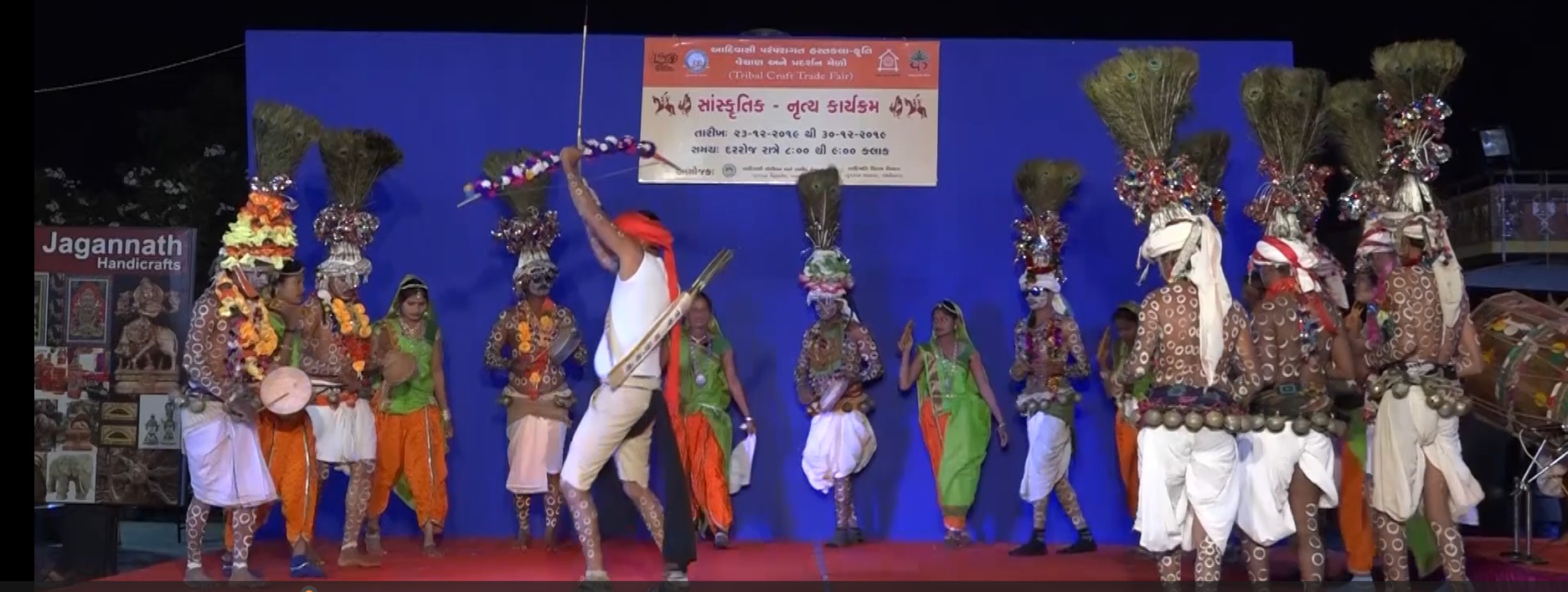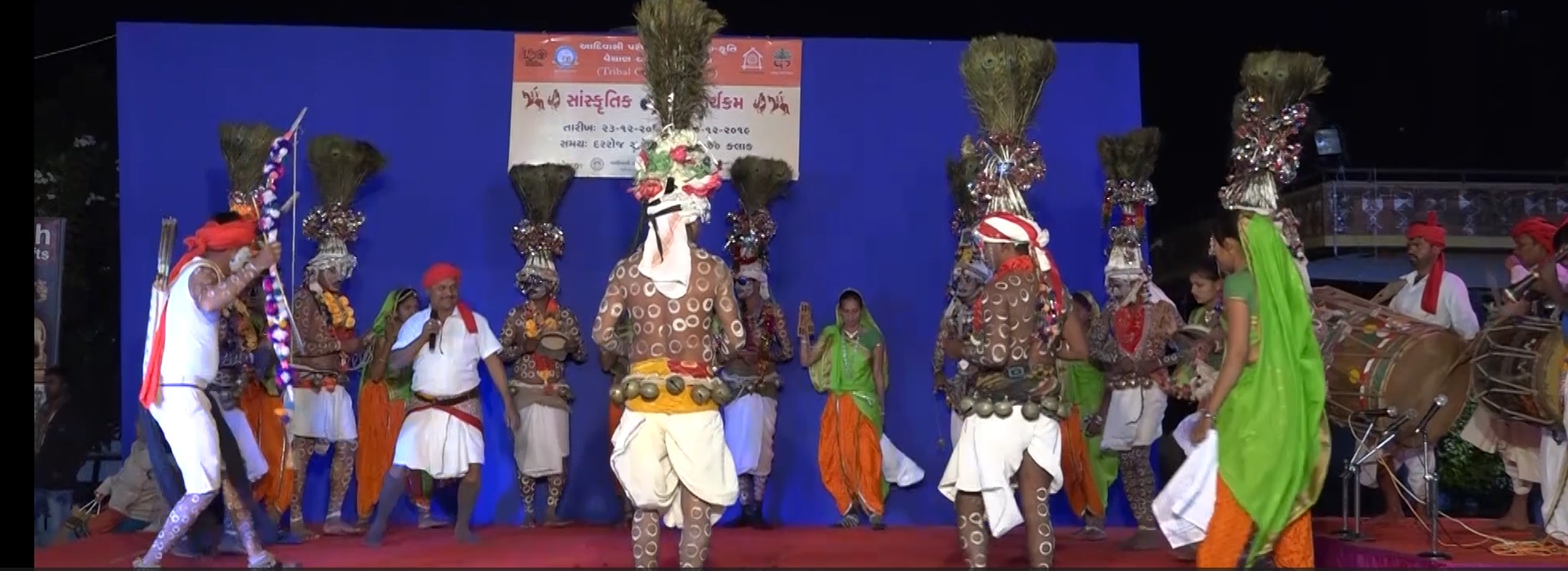tribal dance
Garasia's Holi Dance/ Gher Dance, gujarat

Holi Dance which is popularly called Gher Dance, is a quite religious activity among Garasia tribe found in Banaskantha, sabarkantha and Arravali districts of northern Gujarat state. So, this dance is performed every year during Holi. The dance further conveys that it is not only celebration but prayer for the family welfare, health and prosperity. The Garasia worship and dance during Holi with the dear belief that ritual practice would bring blessings. Men and women participate together, embracing a rich spiritual tradition that underscores Holi’s cultural and religious importance. The Dungri Garasia tribe of Banaskantha, sabarkantha and Arravali districts celebrates Holi through dance, embodying their devotion and cultural vibrancy. Holi is a time for them to express gratitude and seek blessings for prosperity. The dance often involves wooden masks representing traditional deities, adding a ritualistic touch. Community gatherings showcase dances featuring complex Chalas (steps), totalling 19 types, which Garasia men and women perform tirelessly, often dancing for five to seven hours in joyous celebration of their traditions.

During the Holi Dance, Garasia men and women dress in traditional attire that highlights the festivity. Men wear head baskets carrying jawaras (sorghum grown before Holi) and play the dhol drum, while women, adorned with colorful garments, play lazim (jingling cymbals). Their costumes are vibrant, with intricate designs that reflect tribal aesthetics. The dance also involves wooden mhoras (masks) symbolizing their deities, enhancing the ritual atmosphere and adding an element of mystique and respect for the sacred traditions they honour. Music is integral to the Holi Dance, providing rhythm and energy. Garasia men play the dhol drum, while women use lazim cymbals, creating a lively soundscape. TThe Dance has nineteen distinct chalas; each set differs with its own emotional delivery and ritual significance. The drumbeat and clang of cymbals keep the dancers in synchronization; and the air resonates with high-energy music inspiring all into circular formations. This rhythmic celebration is indicative of the tribe's reverence for its traditional instruments. The Holi Dance among the Garasia tribe is performed from Phagan Sud Pancham until the full moon of Holi, lasting about a month. Celebrated with intense spirituality, this dance seeks blessings from deities like Holika Mata, offering protection and prosperity. The dance is performed nightly in each village, and Garasia tribes also perform it during weddings and fairs, making it a core part of all auspicious gatherings. In the Garasia community, no invitation is needed; family, friends, and neighbours unite, embracing a dance tradition that fosters social and spiritual bonds.


